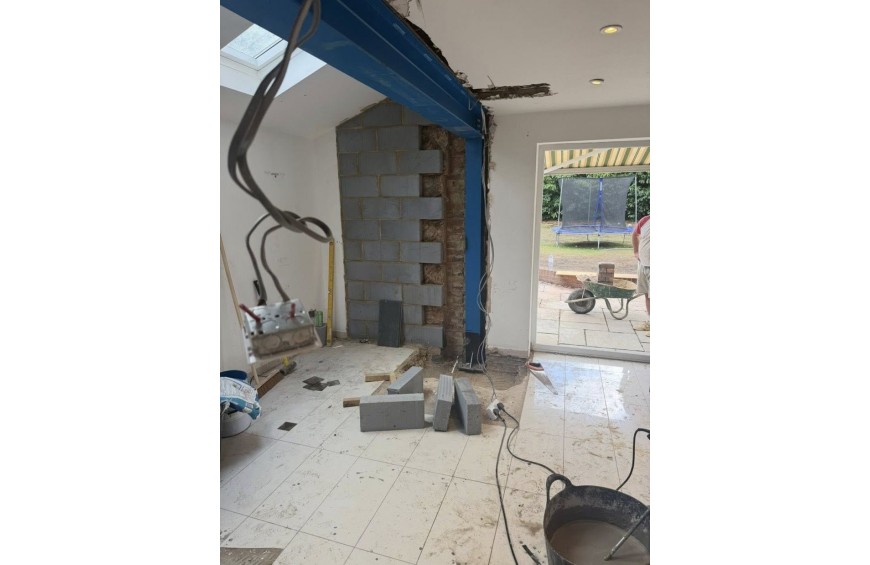Steel flat bars are among the simplest yet most versatile components in construction. Their rectangular shape and wide range of thicknesses make them suitable for both structural and non-structural applications. Whether you’re a homeowner considering a renovation or a contractor weighing reinforcement options, understanding the role of steel flat bars can help you choose the right material for the job.
What Is a Steel Flat Bar?
A steel flat bar is a long, rectangular section of steel with a flat surface. Sizes vary widely, from narrow strips just a few millimetres thick to heavy-duty bars capable of supporting significant loads. In the UK, they are usually made from mild steel, offering strength, durability, and ease of fabrication.
Common Uses of Steel Flat Bars in Building Projects
1. Structural Reinforcement
Flat bars are often used to add strength to timber or masonry elements. In residential projects, they can be bolted to timber joists or rafters as reinforcement, or used in composite designs such as flitch beams, where a steel flat bar is sandwiched between timbers to create a stronger hybrid beam.
2. Lintels and Support Plates
In smaller openings or non-critical load-bearing applications, flat bars can serve as simple lintels or spreader plates. They distribute loads evenly and provide a cost-effective alternative where a full steel section isn’t required.
3. Bracing and Framing
Flat bars are frequently used as bracing elements in frameworks, sheds, and extensions. Their flat profile makes them easy to bolt or weld into place, adding lateral stability without taking up much space.
4. Fabrication and Fixings
Because they’re easy to cut, drill, and weld, steel flat bars are widely used in fabrication projects. From brackets and mounting plates to custom fixings, they are often the go-to material for bespoke site solutions.
5. Edge Protection and Trim
Flat bars can also be used in finishing work, such as protecting exposed edges, covering joints, or creating clean lines in metalwork and joinery.
Advantages of Using Steel Flat Bars
-
Versatility: Suitable for structural reinforcement, fabrication, or decorative purposes.
-
Workability: Easy to cut, drill, and weld on site.
-
Strength-to-size ratio: Provides meaningful reinforcement without excessive bulk.
-
Cost-effectiveness: More economical than larger structural sections when only modest reinforcement is needed.
Steel Flat Bars vs Other Reinforcement Options
-
Flat bars vs timber reinforcement: Steel provides far greater strength and stiffness, making it essential where loads are high or spans are long.
-
Flat bars vs full steel beams: Beams carry heavier loads but are bulkier and harder to handle. Flat bars are ideal for smaller-scale reinforcement where beams would be excessive.
-
Flat bars in flitch construction: A middle ground between timber and steel beams, allowing timber integration with added steel strength.
Final Thoughts
Steel flat bars may be simple, but they play an important role in UK building projects. From structural reinforcement to fabrication and finishing, their versatility makes them a practical solution for both professionals and homeowners.
For projects like loft conversions, extensions, or strengthening timber spans, flat bars offer an efficient reinforcement option without the cost or complexity of full steel sections. When designed and installed correctly, they provide reliable performance and long-term durability in a wide range of construction applications.



Submit comment Cancel Reply